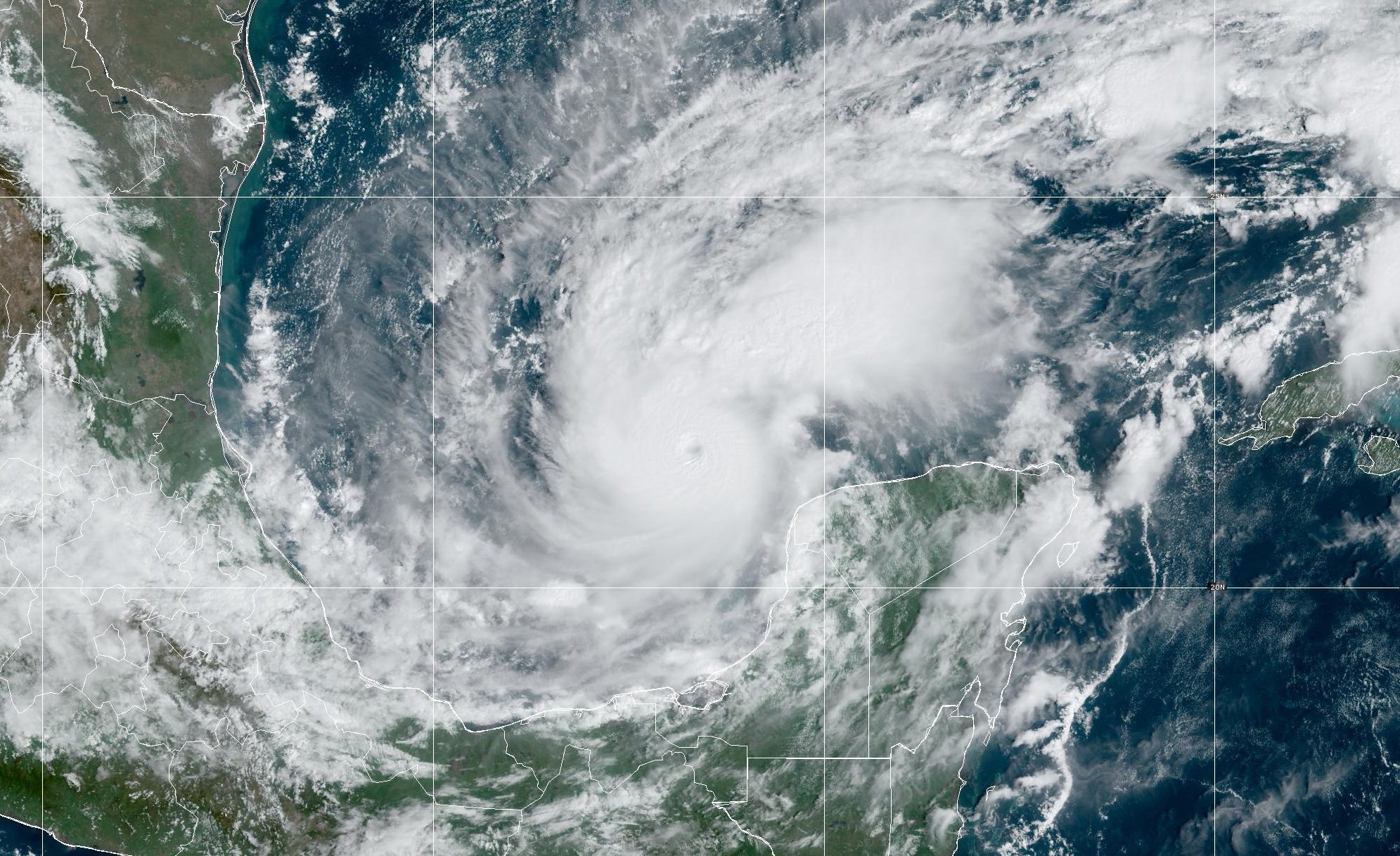NOAA–Right whales are increasing their use of southern New England waters, including regions slated for offshore wind energy development, according to aerial survey data collected during the last decade. Offshore wind energy installations are proposed in waters off the south coasts of Massachusetts and Rhode Island. Understanding and minimizing the potential impacts from construction noise, increased vessel traffic, and habitat alteration will be crucial to protecting and conserving this endangered species. This research supports the Administration’s goal of deploying offshore wind while protecting biodiversity and promoting ocean co-use.
“We found that right whale use of the region increased during the last decade, and since 2017 whales have been sighted there nearly every month, with large aggregations occurring during the winter and spring,” said Tim Cole, lead of the whale aerial survey team at the Northeast Fisheries Science Center and a co-author of the study.
The first documentation of large numbers of right whales in southern New England waters occurred on April 20, 2010. The Northeast Fisheries Science Center aerial survey team identified 102 individual whales during a flight in the region. The New England Aquarium then conducted visual and acoustic monitoring during 2011-2015. They found consistent use of the region by more than one-third of the population, including 30 percent of the reproductive females. The use of the area by reproductive females is an important consideration for the species’ conservation. Their overall population has declined significantly in recent years in part due to reduced calving rates.
Individual right whales are identified by distinctive patches of raised tissue on their head, lips, and chin, and by scars on their body. Photographs were matched to catalogued individuals in the North Atlantic Right Whale Consortium Sighting Database. A total of 327 unique right whales were photographed in the area by the teams over the study period.
Construction and operation of hundreds of wind turbines is likely to introduce increased ocean noise, vessel traffic and possibly habitat alteration. All of these factors have the potential to affect right whales.
Increased vessel traffic in the region will bring with it a greater risk of vessel strikes, one of the leading causes of serious injury and death of right whales.
Increased noise from wind turbine construction and operations and vessels could also directly impact important whale behaviors and interfere with the detection of critical acoustic cues. These types of impacts may also be associated with physiological stress and could affect the whales’ use of the region.
The presence of wind turbine foundations may impact oceanographic and atmospheric conditions including potential changes in ocean stratification. This might alter the formation of plankton aggregations and thus foraging opportunities for right whales.
“Since a number of large commercial offshore wind energy projects are proposed off southern New England, construction and operation of wind farms are relevant to conserving the species,” Cole said. “Considerable uncertainty still exists regarding how the development of the region could have an impact on right whales just as they are becoming more reliant on the region.”
Last updated by Northeast Fisheries Science Center on August 02, 2021

 Join The Club
Join The Club








